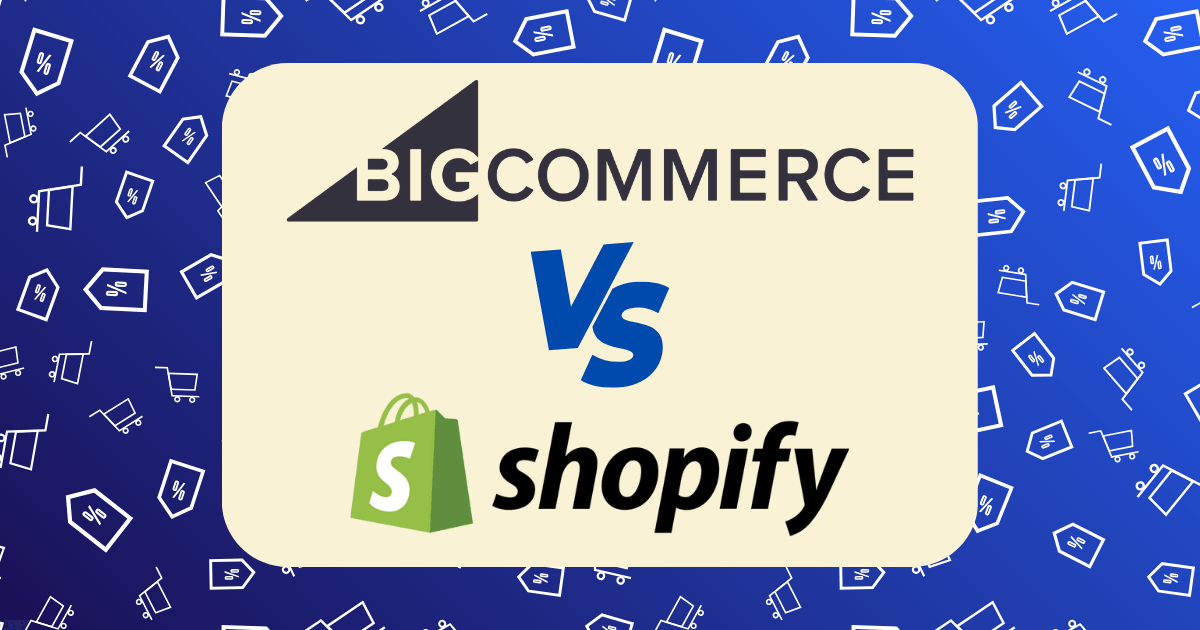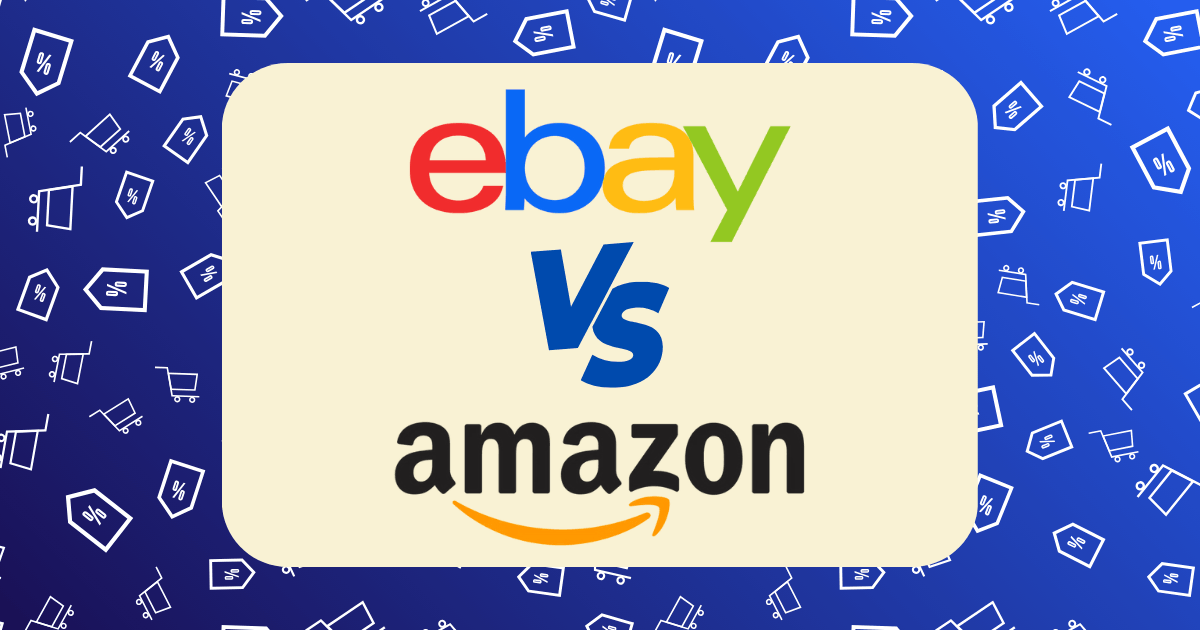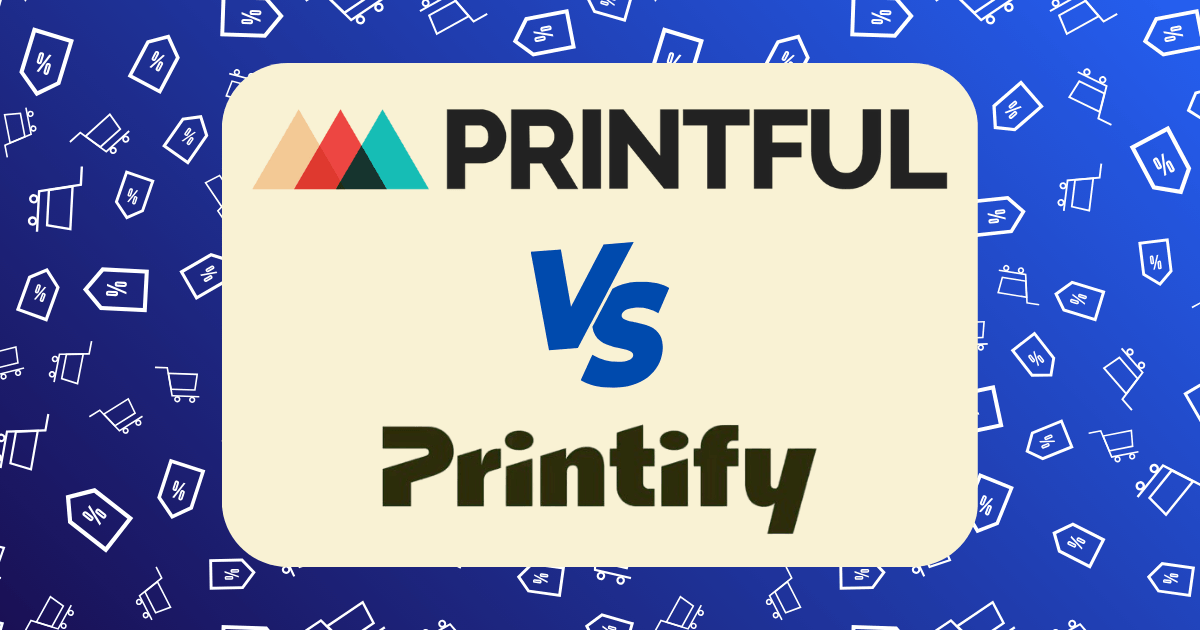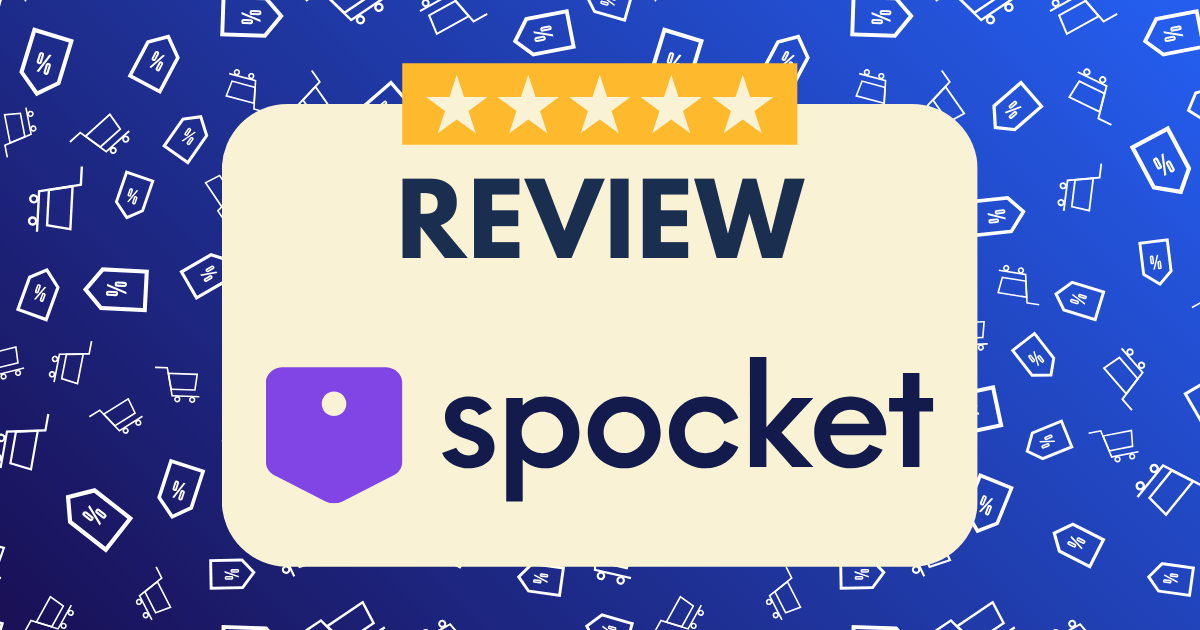BigCommerce vs Shopify: Enterprise E-commerce Features Compared for Growing Stores

In the rapidly evolving e-commerce landscape of 2025, choosing the right platform isn’t just about getting your products online—it’s about positioning your business for sustainable growth and scalability. As someone who has personally migrated multiple seven-figure stores between platforms and consulted for dozens of growing e-commerce businesses, I’ve witnessed firsthand how platform limitations can suddenly become growth bottlenecks.
Today, we’re comparing two heavyweight contenders in the enterprise e-commerce space: BigCommerce and Shopify. Rather than providing a surface-level comparison, I’ll dive deep into the enterprise features that become increasingly critical as your store grows beyond $1M in annual revenue.
The Growth Trajectory: Why Platform Choice Becomes More Critical at Scale
Before we compare specific features, it’s important to understand why your platform decision becomes increasingly consequential as you scale:
- Technical debt accumulates: Customizations that seem minor at $100K in revenue can become major limitations at $10M
- Integration complexity increases: Enterprise operations typically require 15-25 integrated systems working in harmony
- Performance requirements intensify: A 1-second page load delay can cost you 7% in conversions at scale
- Operational efficiency becomes paramount: Manual processes that were manageable at lower volumes become unsustainable
With these scaling challenges in mind, let’s examine how BigCommerce and Shopify position themselves for enterprise customers in 2025.
Core Platform Architecture: Built for Growth?
BigCommerce Enterprise
BigCommerce has architected its platform with an emphasis on flexibility and native functionality:
- Multi-storefront architecture: Run multiple storefronts from a single account with unified inventory and customer data
- Headless commerce capabilities: Decouple the frontend presentation layer from the backend commerce engine
- API-first approach: Robust API with higher rate limits (up to 60,000 requests per hour) for enterprise users
- Native B2B functionality: Purpose-built B2B features without requiring additional apps
- Unlimited SKUs: No artificial limits on product catalog size
Shopify Plus
Shopify’s enterprise offering takes a different architectural approach:
- Managed SaaS infrastructure: Fully managed platform with industry-leading uptime (99.99%)
- Liquid templating language: Proprietary but powerful templating system for frontend customization
- App-centric ecosystem: Extensive app marketplace for extending functionality
- Shopify Functions: Ability to customize core commerce logic without compromising platform stability
- Hydrogen & Oxygen: Advanced headless commerce framework and hosting solution
Key Architectural Difference: BigCommerce offers more built-in enterprise functionality out of the box, while Shopify Plus provides a more streamlined core platform that relies on its extensive app ecosystem for extended functionality.
According to a 2025 enterprise commerce study by Forrester, this architectural difference results in BigCommerce implementations requiring 37% fewer third-party integrations on average compared to Shopify Plus.
Performance and Scalability: Handling Growth Surges
BigCommerce Enterprise
- Server response time: Average of 2.2 seconds page load time
- Unlimited API calls: No throttling on API usage for enterprise plans
- Built-in CDN: Integrated with Google Cloud CDN
- Automatic scaling: Infrastructure scales with traffic spikes
- No revenue limits: No forced plan upgrades based on sales volume
Shopify Plus
- Server response time: Industry-leading 1.3 seconds average page load time
- Flash sale handling: Proven ability to handle11,000+ orders per minute
- Shopify Oxygen: Edge computing capabilities for faster global performance
- 99.99% uptime guarantee: Enterprise-grade SLA
- Revenue-based pricing: Variable pricing can increase with sales volume
Performance Edge: Shopify maintains a slight edge in raw performance metrics, with their checkout converting 12% better on average according to independent benchmark tests. However, BigCommerce has closed this gap significantly in recent platform updates.
Customization and Development Flexibility
BigCommerce Enterprise
- Open API architecture: Unrestricted access to customize any aspect of the platform
- Customizable checkout: Full control over the checkout experience without additional fees
- Stencil theme framework: Modern development environment with local development tools
- Multiple CSS/JS frameworks: Support for React, Vue, and other modern frameworks
- Webhooks: Extensive webhook system for real-time data synchronization
Shopify Plus
- Checkout customization: Recently expanded checkout customization (previously a limitation)
- Shopify Scripts: Ability to customize pricing, shipping, and payment options
- Theme architecture: Liquid templating language with version control
- Hydrogen framework: React-based framework for headless commerce
- App Bridge: Framework for developing embedded apps
Developer Preference: According to a 2025 survey of enterprise e-commerce developers,58% preferred BigCommerce’s development environment for complex customizations, while 62% favored Shopify for speed of implementation.
B2B Capabilities: Supporting Complex Business Models
BigCommerce Enterprise
- Native B2B Portal: Purpose-built B2B functionality included in enterprise plans
- Customer groups and price lists: Segment customers and offer personalized pricing
- Quote management: Built-in quote request and management system
- Company accounts: Hierarchical account structures with permission settings
- Minimum/maximum order values: Set thresholds based on customer groups
- Requisition lists: Allow B2B buyers to create and save product lists
Shopify Plus
- Shopify B2B: Add-on for B2B functionality (additional cost)
- Company profiles: Create and manage business customers
- Custom pricing: Set specific prices for business customers
- Payment terms: Offer net payment terms to qualified buyers
- Draft orders: Create custom orders and send invoices
- Staff accounts: Assign permissions to team members
B2B Advantage: BigCommerce has a clear advantage in native B2B functionality, with research from Digital Commerce 360 showing that BigCommerce merchants launch B2B capabilities 40% faster on average due to the native integration.
Multi-Channel Commerce Capabilities
BigCommerce Enterprise
- Channel Manager: Centralized hub for managing all sales channels
- Native integrations: Pre-built connections to major marketplaces and social platforms
- Inventory sync: Real-time inventory updates across all channels
- Unified analytics: Consolidated reporting across channels
- Buy Online, Pickup In-Store (BOPIS): Native support for omnichannel fulfillment
Shopify Plus
- Shopify Markets: Tools for international selling and compliance
- Shop app: Native mobile shopping app with built-in audience
- Social commerce: Advanced integrations with TikTok, Instagram, and other platforms
- POS Pro: Sophisticated point-of-sale system for omnichannel retail
- Shopify Fulfillment Network: Integrated fulfillment service
Channel Flexibility: While both platforms offer robust multi-channel capabilities, Shopify’s tight integration with its own POS system and fulfillment network provides a more seamless experience for merchants with physical retail presence.
International Commerce and Expansion
BigCommerce Enterprise
- Multi-storefront: Create region-specific storefronts from a single back end
- Multi-currency: Support for 100+ currencies with automatic conversion
- Language support: Over 12 languages supported natively
- Tax compliance: Built-in tax calculation for major markets
- International payment methods: Support for region-specific payment options
Shopify Plus
- Shopify Markets: Centralized hub for managing international sales
- Markets Pro: Merchant of record service for simplified global selling
- Language translation: Support for 20+ languages
- Currency conversion: Automatic currency detection and conversion
- Duty and tax calculation: Built-in tools for international tax compliance
Global Expansion Edge: Shopify Markets Pro gives Shopify a slight advantage for rapid international expansion, functioning as the merchant of record and handling much of the regulatory complexity. However, BigCommerce’s multi-storefront approach offers more customization for established international operations.
Analytics and Business Intelligence
BigCommerce Enterprise
- Ecommerce Insights: Built-in analytics dashboard
- Customer segmentation: Advanced customer grouping and analysis
- Abandoned cart reports: Detailed analysis of checkout abandonment
- Custom report builder: Create tailored reports without SQL knowledge
- Data warehouse connectors: Export data to external business intelligence tools
Shopify Plus
- Shopify Analytics: Comprehensive built-in reporting
- Shopify Magic: AI-powered insights and recommendations
- Flow connectors: Automate data transfers to external systems
- Custom reports: Build and save custom report views
- Shopify Data Studio: Direct access to your store’s data
Analytics Comparison: Shopify has made significant investments in AI-powered analytics, giving it an edge in automated insights and recommendations. However, BigCommerce offers more granular data access for merchants who prefer to build custom reporting solutions.
Total Cost of Ownership: Beyond Monthly Fees
The true cost of an enterprise e-commerce platform extends far beyond the base subscription price. Let’s break down the total cost of ownership (TCO) for a typical growing store with $5M in annual revenue:
BigCommerce Enterprise
- Base platform cost: Starting at $1,000/month
- Payment processing: No additional transaction fees beyond payment processor rates
- Apps and integrations: $200-500/month (fewer required due to native functionality)
- Development costs: Moderate to high, depending on customization needs
- Upgrade costs: No forced upgrades based on revenue
Shopify Plus
- Base platform cost: Starting at $2,300/month (3-year contract)
- Payment processing: 0.15% for non-Shopify Payments transactions
- Apps and integrations: $500-1,000/month (more apps typically required)
- Development costs: Moderate, with good developer availability
- Variable fee: Additional costs based on sales volume may apply
TCO Analysis: For most growing merchants, BigCommerce typically results in 15-25% lower total cost of ownership at the $5M revenue level, primarily due to the absence of transaction fees and fewer required third-party apps. However, this advantage narrows at higher revenue levels where the base platform cost becomes a smaller percentage of overall e-commerce operations.
Migration Complexity: Switching Costs Matter
For growing stores considering a platform switch, migration complexity is a critical consideration:
Migrating to BigCommerce
- Data migration tools: Built-in importers for products, customers, and orders
- Catalog transfer: Automated tools for product data migration
- URL structure: Customizable URL patterns to maintain SEO equity
- 301 redirect manager: Built-in tools for mapping old URLs to new structure
- Implementation partners: Extensive network of certified migration specialists
Migrating to Shopify Plus
- Shopify Migration App: Automated migration from major platforms
- Migration API: Programmatic access for custom migration scripts
- Plus Onboarding: Dedicated migration support for Plus merchants
- Theme migration: Tools for adapting existing designs to Liquid
- Launch engineers: Technical support team for complex migrations
Migration Consideration: According to 2025 merchant surveys, average migration time to BigCommerce was 12 weeks compared to 10 weeks for Shopify Plus, though complexity varies significantly based on store size and customization requirements.
The Decision Framework: Which Platform Is Right for Your Growing Store?
Based on the comprehensive comparison above, here’s a decision framework to help determine which platform better suits your specific growth trajectory:
Choose BigCommerce Enterprise if:
- B2B is a significant part of your business model (or will be in the future)
- You require extensive customization of the checkout and core platform functionality
- You’re operating multiple brands or storefronts that need unified management
- You want to minimize ongoing transaction fees as you scale
- You prefer more built-in functionality over relying on third-party apps
Choose Shopify Plus if:
- Maximum performance and uptime are your top priorities
- You have a significant physical retail presence that needs tight integration
- You’re expanding rapidly into international markets and need simplified compliance
- Your team is already familiar with the Shopify ecosystem
- You value a larger app marketplace for specialized functionality
Implementation Strategy: Setting Your Business Up for Success
Regardless of which platform you choose, these implementation strategies will help ensure a successful enterprise e-commerce operation:
For BigCommerce Enterprise:
- Leverage the native B2B features even if B2B is only a small part of your current business
- Invest in API integration development to fully utilize the platform’s flexibility
- Implement customer segmentation from day one to enable personalized experiences
- Utilize the multi-storefront architecture for testing new markets or business models
- Build a custom theme rather than relying on marketplace themes for differentiation
For Shopify Plus:
- Carefully evaluate app dependencies to minimize potential points of failure
- Leverage Shopify Functions for customization rather than custom code when possible
- Implement Shopify Markets early to build a foundation for international expansion
- Utilize Flow automation to reduce manual operational tasks
- Consider headless implementation via Hydrogen for maximum frontend flexibility
Conclusion: The Long-Term Growth Perspective
When evaluating enterprise e-commerce platforms, it’s essential to look beyond current requirements and consider your three-to-five-year growth trajectory. Both BigCommerce Enterprise and Shopify Plus are capable platforms that can support significant scale, but they excel in different areas.
BigCommerce offers greater built-in functionality, customization flexibility, and potentially lower total cost of ownership, making it particularly well-suited for complex business models and multi-brand operations. Shopify Plus delivers superior performance, a more extensive app ecosystem, and simplified international expansion tools, making it ideal for rapid-growth direct-to-consumer brands.
The most successful enterprise e-commerce implementations I’ve witnessed share one common characteristic: they align platform selection with long-term business strategy rather than short-term convenience. By understanding the distinct strengths and limitations of each platform as outlined in this comparison, you can make a strategic decision that positions your growing store for sustainable success.
Have you migrated between these platforms or are you considering a switch? Share your experience or questions in the comments below.







